Discover the Wabanaki-Acadian Forest with Thriving Forests
Spotlight on the red spruce – Picea rubens – gawatgw
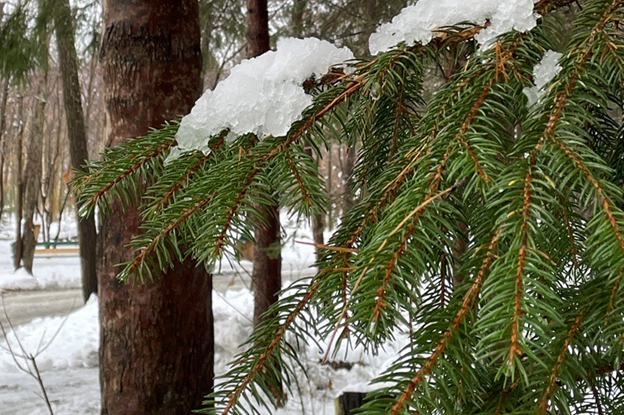
Through Thriving Forests, a program dedicated to understanding the ecological importance of Wabanaki-Acadian Forest in Nova Scotia, we’re shining a spotlight on the red spruce this month.
Red spruce is the provincial tree of Nova Scotia and is native to the Wabanaki Forest. As a slow growing, shade tolerant species, it can survive in the understory of a forest for many years. Typically, a mature red spruce will reach a height of up to 25 metres tall, but in some cases, it can grow up to 40 metres. The longest lived of the native spruces has been found to reach up to 450 years old.
Uses of red spruce
Red spruce wood is relatively soft and light in colour, making it valuable for various purposes, including lumber, pulp and Christmas trees. It is also an excellent tonewood and is commonly used in high-end acoustic guitars.

Identifying red spruce
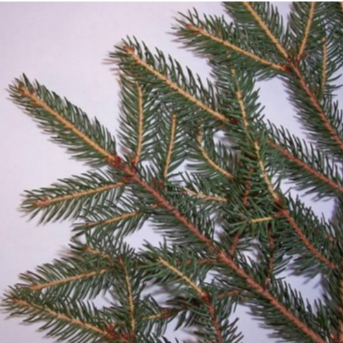
The back of a red spruce branch. Twigs are reddish brown and new growth is yellowish brown.
red spruce
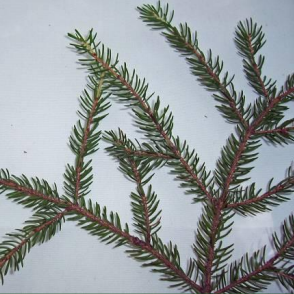
The back of a black spruce branch. Twigs are brown to reddish and new growth is light green.
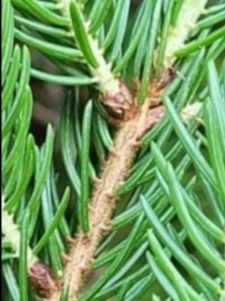
There are three spruce species native to Nova Scotia and they can be difficult to tell apart. Red and black spruce often hybridize, making it even harder to differentiate. Generally, spruce needles have sharp points and four sides which enables them to roll between fingers (as opposed to fir or hemlock needles which are flat).
White spruce needles have a strong odor when crushed, and grow on hairless twigs, while red and black spruce have hairy twigs, especially on new growth. These hairs are small and may require a magnifier for clear visibility.
When determining whether a group of trees are red spruce or black spruce, it can be helpful to examine the site for clues. If it is a poor site with a limiting factor (like wet soil), the trees are likely to be black spruce. If the site is average or rich, the trees are more likely to be red spruce. Additionally, red spruce shed its cones every year, whereas black spruce tends to hold onto cones near the top of the tree for a long time.

Identifying red spruce seeds
Red spruce, like other native conifers, produces seed cones in the early autumn. Their seed cones begin to ripen during late-September to October in Atlantic Canada. Unlike Eastern white pine, red spruce’s cones are much smaller in size, reaching only 2-5cm in length. The light-brown cones encase small, dark-brown seeds measuring 3-4 mm in length.
To join our network of tree monitors or if you know a stand of trees in your community that you would like to direct us to, please reach out via thrivingforests@cleanfoundation.ca.
If you are interested in learning more about Thriving Forests program, click below.
Energy Advisor Trainee Spotlight: Graham Cromwell
Graham Cromwell, from Weymouth Falls, Nova Scotia, graduated with a degree in Kinesiology but felt he needed a change in his career trajectory. This led him to the Energy Advisor Training Program, administered by Clean Foundation, which he graduated from last spring....
Energy Advisor Trainee Spotlight: Salani Khutjwe
Originally from Botswana, Salani Khutjwe’s career began as a biology teacher in his home country. However, his longing for a change led him towards a new path where he could channel his passion for science and education in a different way—one that would allow him to...
The Importance of Climate Change Education
Climate change education is crucial, especially for youth facing the accelerating realities of climate change impacts. According to a recent Lancet study, young people are experiencing emotions such as sadness, anxiety and anger in response to climate change. The...
Energy efficiency misconceptions and solutions in Nova Scotia and PEI
Since 2007, Clean Foundation has been doing Home Energy Assessments in Nova Scotia helping homeowners across the province understand how to heat their homes more efficiently and save money through smart energy upgrades. More recently, we’ve started offering the same...
Spotlight on Yellow Birch
Discover the Wabanaki-Acadian Forest with Thriving Forests Spotlight on Yellow birch - Betula alleghaniensis – mnnoqon Through Thriving Forests program, we will delve into the Wabanaki-Acadian Forest by spotlighting various tree species each month to understand the...
How to keep your home cool in the summer heat
While we all look forward to the warm summer months, the same sun that makes for a fun day at the beach or lake can also make our homes uncomfortable. To find out which home cooling tips and techniques are the most effective for our homes, we asked the experts from...
Custom Employment Support Training Bursary – Beneficiary Spotlight: Anne Gilbert
Meet Anne Gilbert, a Nova Scotian with a dream of making a difference in the clean energy sector. Thanks to the Custom Employment Support Bursary, Anne was able to fund her training and certification necessary to take her career to the next level. Today, she's...




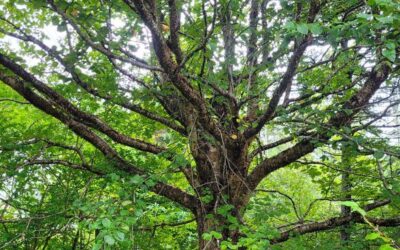

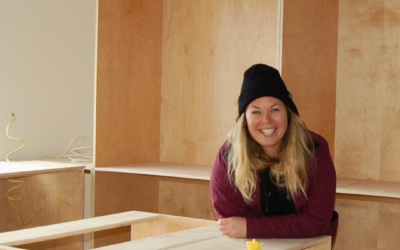
Recent Comments